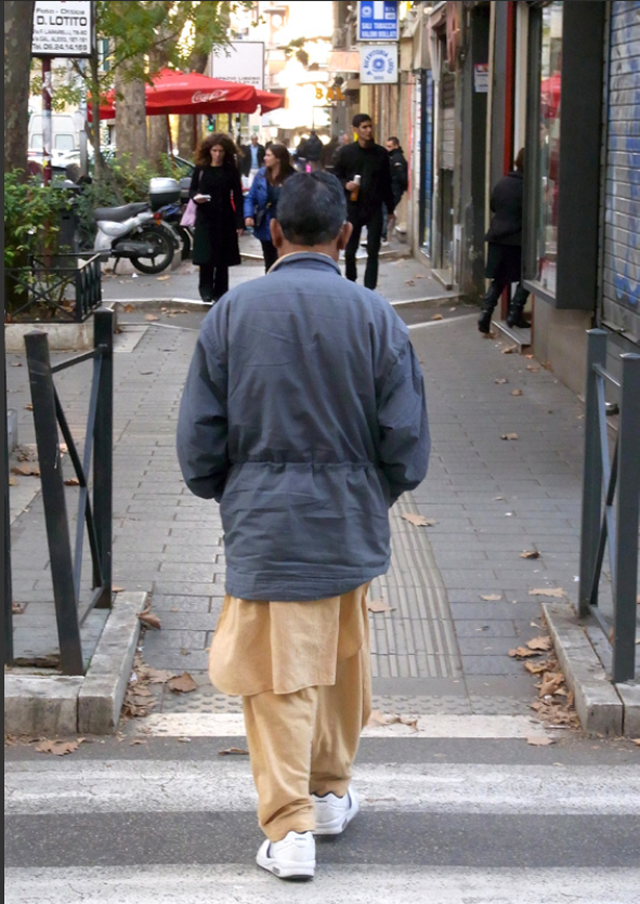EPSON 20|20 VISION THINK TANK ON ARCHITECTURE
LEADING EUROPEAN ARCHITECTS IDENTIFY KEY INGREDIENTS FOR SUCCESS.
Epson 20|20 Vision Think Tank brings together leading architects to debate the key elements that will help architects be successful in the lead up to 2020.
The key ingredients that will drive success for European architecture practices in the run up to 2020 are astute people, a focus on sustainable designs and renovation, the ability to work internationally and smart design, management and presentation technology.
These were the conclusions of the five leading architects from the UK, France, Germany, Italy and Spain who gathered at the Epson 20|20 Vision Think Tank at the Royal Academy of Arts in London to discuss their recommendations for a successful architectural practice in the run up to 2020.
The closed session brought together Sir Nicholas Grimshaw, Grimshaw Architects (UK); Claudi Aguilo, dataAE (Spain); Olivier Celnik, Z.Studio (France); Ben Dieckmann, ingenhoven architects (Germany); and Prof. Antonello Stella, University of Ferrara (Italy). This diverse group represented countries that account for almost 60% of the 524,000 architects in Europe today.
-
Epson is a leading manufacturer of large-format quality colour and CAD inkjet printers, plus small format inkjet/laser printers and projectors used by architects worldwide. As a result, Epson is committed to understanding the on-going needs that face the architecture community. The company has launched the Epson 20|20 Vision project to better understand the needs and pressures of architecture practices both today and in the lead up to 2020.
The 20|20 Vision project combines the Think Tank event with European research that evaluated architect’s views on issues such as expected growth, business ambition, competition and opportunity, technology requirements and the skills and knowledge needed from this and the next generation of architects.
The Epson 20|20 Think Tank architects, representing small, medium and large practices, debated the challenges and opportunities for growth, the benefits of diversification and inter-practice collaboration, practice management skills and the impact of technology.
-
Their top recommendations were:
• Employ smart people who can easily learn new skills and adapt to the changing world of architecture
• Use the latest and most flexible design, management and presentation technology that you can afford so you can spend more time on thinking and creativity
• Improve project management flexibility and efficiency to deliver on deadline and reduce costs
• Create more complex architectural designs that convey more depth of experience to the client
• Diversify your services and work internationally through global partnerships and overseas offices to expand your business opportunities
• Focus on sustainable design and ways to renovate and reuse existing buildings
• Improve your communication and marketing skills to build strong client relationships
• Focus on ways to cut the time from design to build
-
Duncan Ferguson, Director of Pro-Graphics and New Business Development, Epson Europe comments:
” The Think Tank showed that architecture practices of all sizes across Europe are broadly facing the same challenges. These multifaceted organisations have to combine creative thinking with the challenges of managing and marketing a competitive business, both locally and on a global scale. While they recognise the important role that software and hardware tools play in their practice, above all it has to be easy to use, fast, flexible and produce high quality results.”
-
Sir Nicholas Grimshaw, Grimshaw Architects, UK
“While technology tools are important, it’s the ideas in the first place that count of course. There can be a danger of focussing too much on building a wonderful 3D model. I believe the future lies in going back to basics, creating the conceptual drawing by hand and being able to transpose this directly into a construction plan without involving making a time-consuming 3D model at all. I believe the technology will come that will allow us to do this. But above all it has to be fast and easy to do – it cannot interrupt the creative process.”
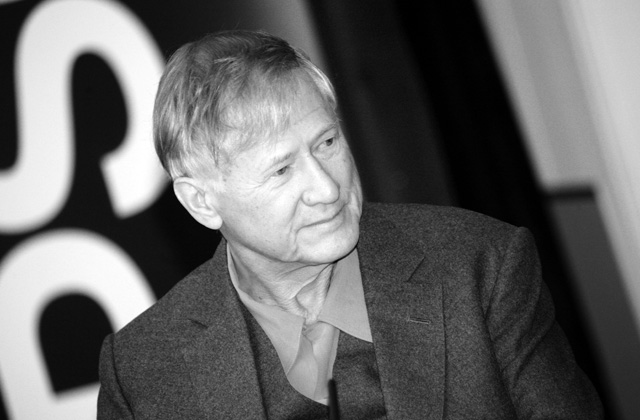
-
Claudi Aguilo, dataAE, Spain
“Architects are taught to be creative, they are not taught how to run a business and how technology tools can benefit them. We need to distinguish between two types of software and technology: those that help you produce architecture and those that help you think about architecture. There are good tools that help you produce and print designs. Software that allows you to simulate the detailed behaviour of architecture and spaces is also gaining in importance.”
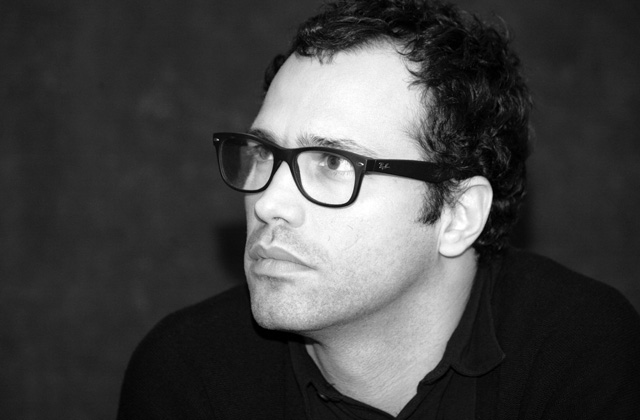
-
Olivier Celnik, Z.Studio, France
“Architects are resistant to change but they need to use the latest communications, design and BIM software to be competitive in the future. BIM in particular is going through a revolution now. BIM allows a small practice to behave like a large practice because it allows you to work and collaborate on complex projects quickly and efficiently. While architects are interested in the technology of construction, they are not interested in new digital technology that can help them. BIM is not expensive or difficult, architects just have to take it and work with it.”
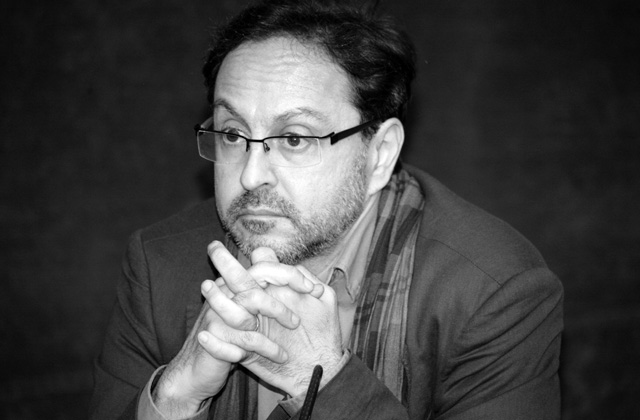
-
Ben Dieckmann, ingenhoven architects, Germany
“We are a big practice with a big reputation and handle a lot of projects within Germany and globally. Our clients are looking for buildings that make a statement and many like to work with architects outside of their countries who can bring fresh ideas and design. There are fewer boundaries these days and a great deal of cultural exchange going on at the moment within the world of architecture. As a result we are a very multinational company with 15 nationalities out of 80 people in our practice.”
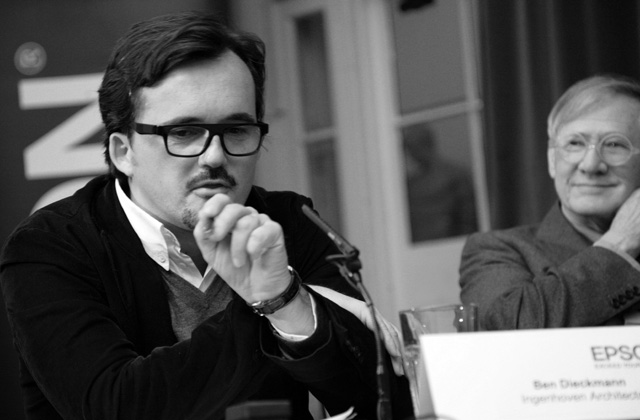
-
Prof. Antonello Stella, University of Ferrara, Italy
“As Italy has the highest number of architects in Europe we have to look globally for growth. In the past globalisation was an opportunity for Italian architects, today it is a necessity. In my practice I am obliged to go to France, Germany and China. Young architects will have to think globally in the future. Good technology is an important asset for an international practice. Power is nothing without control and technology can give architects increased control and competitive advantage.”
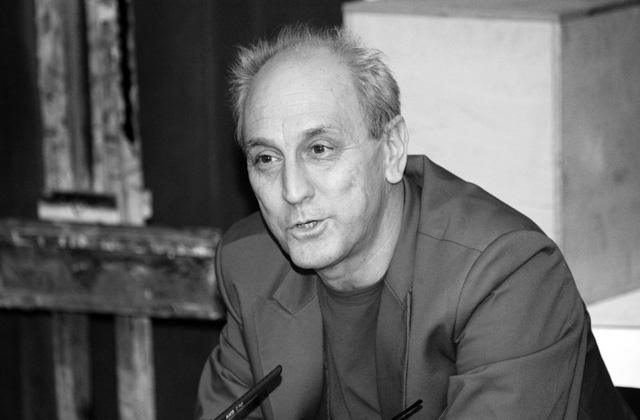
Related Posts :
Category: Article
Views: 3551 Likes: 0
Tags: architettura , art , design , Epson
Comments:
Info:
Info:
Title: EPSON 20|20 VISION THINK TANK ON ARCHITECTURE
Time: 16 marzo 2012
Category: Article
Views: 3551 Likes: 0
Tags: architettura , art , design , Epson


